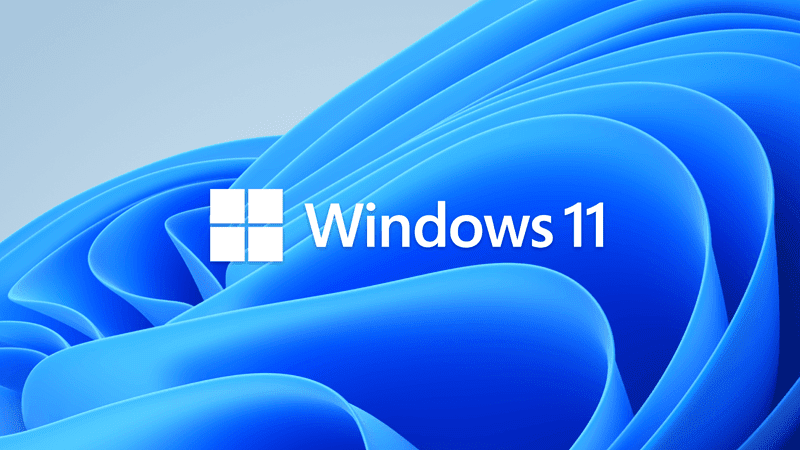Hi guys. I have a laptop with Windows 11 installed on it, with the OS installed on an 2TB SSD. My laptop has 2 SSD's currently: The 2TB SSD with OS installed on it, and a 4TB SSD. Today, I ordered another 4TB SSD and plan to install the W11 OS on that, and still keep the other 4TB SSD in laptop as well. My question is, how should I go about installing W11? Should I do a Windows 11 reset, before installing the new 4TB SSD, and then install W11 on that? Thoughts and help on this greatly appreciated :)
- Windows Build/Version
- Windows 11, Version 22H2 (OS Build 22621.674)
My Computer
System One
-
- OS
- Windows 11
- Computer type
- Laptop
- Manufacturer/Model
- Xotic PC (GP17) (Eluktronics MAX 17)
- CPU
- AMD Ryzen 9 5900HX @ 3.30 GHz
- Memory
- 64GB
- Graphics Card(s)
- Nvidia GeForce RTX 3080 16GB
- Screen Resolution
- 2560*1440
- Hard Drives
- 2x 4TB SSD's








